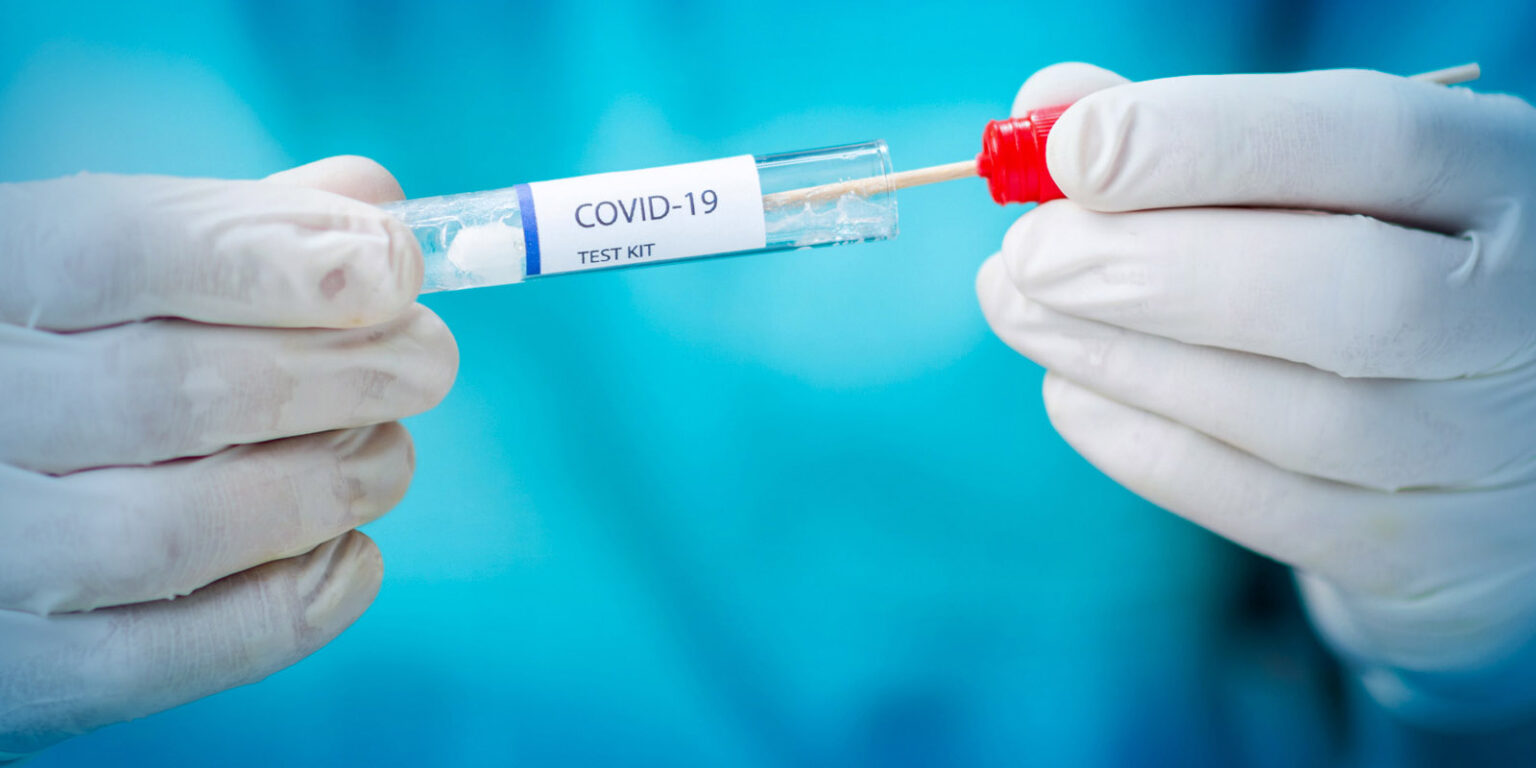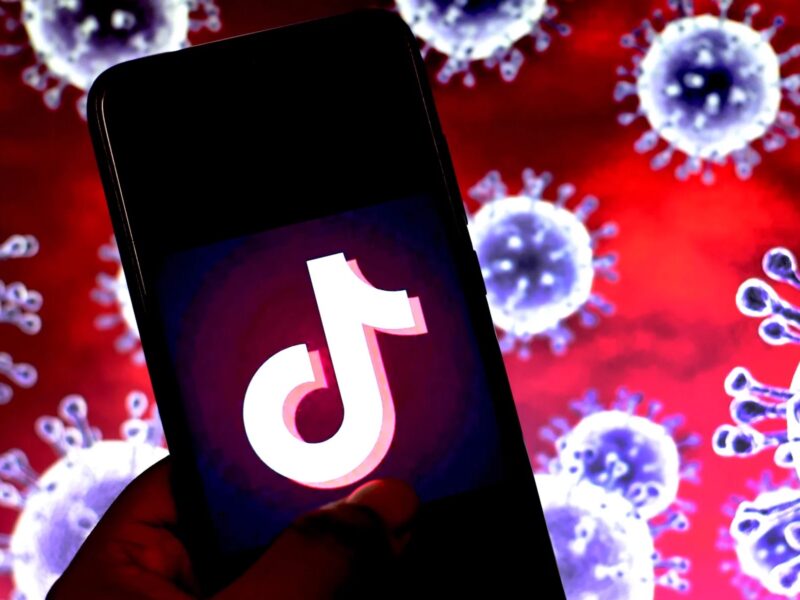
Are COVID tests giving you a false positive? See WHO’s new statement
Do you know someone who recently had a COVID-19 test? If so, we hope they got two tests done because false positives can actually happen. Recently, the World Health Organization has admitted that false positives may be more common than we think.
According to the WHO, the global number of COVID-19 cases over the past week of January 2021 is 4.7 million. This means that the total number of cases worldwide are 93 million reported cases with approximately 2 million deaths since the pandemic started in 2019.

COVID-19
COVID-19 is the coronavirus disease is a highly infectious disease which is commonly associated with respiratory illness. As reported by WHO, those with high risk of becoming seriously ill from COVID-19 include the elderly or those with underlying medical problems like diabetes, chronic respiratory disease, cardiovascular disease, and cancer.
To prevent the spread of COVID-19, the World Health Organization has suggested that you protect yourself & others by taking sanitary measures like washing your hands, using hand sanitizer, and avoid touching your face.

False impact
Recently at the Premiership Rugby, the association were informed that twenty-four out of 989 of their players had contracted COVID-19. However, BBC News reported that only two people were infected with COVID-19, and the “operators failed to follow the established and robust procedures” for COVID-19 testing.
The Premiership Rugby has to delay their games within the UK for the safety of COVID-19, but with only two people they could’ve continued. Premiership Rugby director Phil Winstanley stated: “This issue has created disruption at our clubs, and especially at Bath Rugby who had isolated a number of players and temporarily closed their training ground after receiving their results.”

False positive?
A false positive is an error that medical staff can pick up when someone actually doesn’t have COVID-19. Coldstreams reported that the World Health Organization (WHO) has warned that a false positive or a “weak positive” may appear after a first testing, but the cycle threshold (Ct) was designed to detect a virus relating to “the patient’s viral load”.
BBC News reported that the statistician at the Medical Research Council’s Biostatistics Unit at the University of Cambridge, Dr. Paul Birrell claimed: “The false positive rate is not well understood and could potentially vary according to where and why the test is being taken. A figure of 0.5% for the false positive rate is often assumed.”
So if these patients don’t actually have COVID-19, what do they have?

Why would a false positive occur?
WHO recommends that those who receive a false positive COVID-19 result should get a second test taken. In fact, they have advised medical staff that “disease prevalence alters the predictive value of test results”.
The false negative may appear for those who are at risk of getting the disease. So the false negative patient, especially with an underlying illness, should take the necessary precautions to prevent an infection.

What now?
According to Dr. Birrell, we shouldn’t worry about filling up the hospital wards because those patients are infected with COVID-19. Dr Birrell told BBC News that other factors “should always be considered alongside other information sources, such as hospitalisations or deaths”.
The World Health Organization recommended that before diagnosing a patient, all healthcare workers must consider a number of factors including: “timing of sampling, specimen type, assay specifics, clinical observations, patient history, confirmed status of any contacts, and epidemiological information”.
Coldstreams claimed that looking further into a patient’s history will actually reduce the number of cases that should appear in the next few months. Fingers crossed!
—
Do you still think COVID-19 tests work? Let us know in the comments below.







